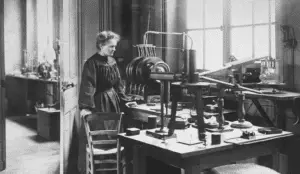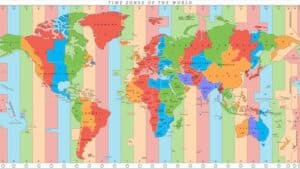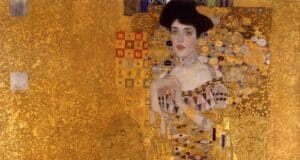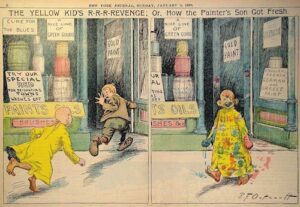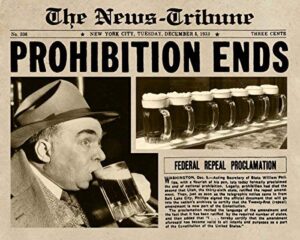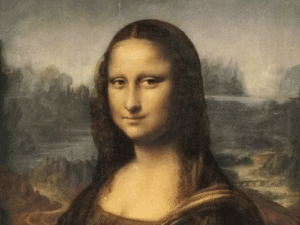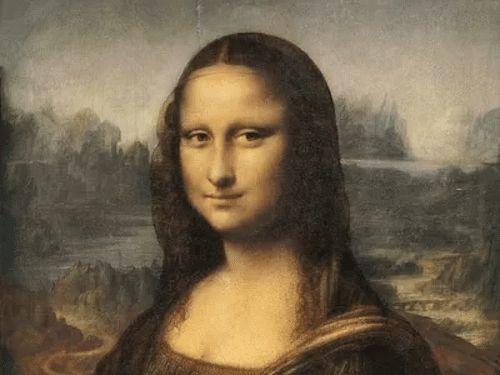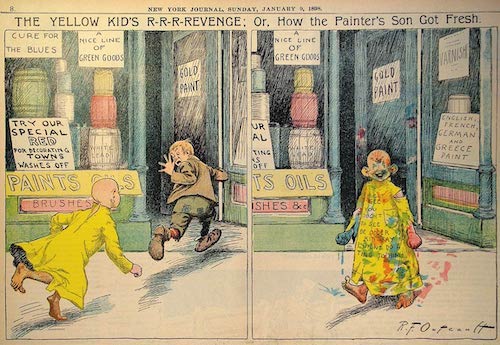Guernica by Pablo Picasso

Among myriads of paintings created by artists in different centuries, some works have an enigmatic power and make us continuously look up at every detail. Take, for example, the Guernica artwork by Pablo Picasso in 1937.

Even if we don’t know its story, we can still relate to it and understand the emotional palette. Whether you’ve seen it before or not, you can easily get the message of pain, loss, tragedy, and so on. In fact, Guernica is recognized as one of the signature works of the 20th century and the whole art history. Guernica was in 5th place among the most Google searched paintings worldwide as of 2019.
3,5 m to almost 8 m (~11 ft x 25 ft), the painting has practically muralistic size. The Guernica has never been up for sale, so it’s hard to tell its accurate price. Some experts name some rough numbers around $200 million.

The painting is created in a signature style of Picasso – cubism. It is an art movement developed in 1907 by Pablo Picasso and George Braque. The main idea is to depict subjects from various angles rather than just one. That’s why an object is “broken” into pieces in cubism paintings and reassembled in an abstract manner. In this way, the artists wanted to give the object a greater context and underline that there is more to it than we can see at once.

By 1930-es, however, Picasso enriched the style with many new facets, like surrealism with its element of dream and unexpected hyperbolized scenes. So, art historians label Guernica a work of cubism as well as surrealism.
In this article, we want to investigate the story of the Guernica painting by Pablo Picasso, look closely at the details and understand the importance of this work.
What are the history and symbols of Guernica artwork by Pablo Picasso?
In 1937, Spain was in the middle of the Civil War against Francisco Franco, who cooperated with the nazis (and would become a dictator). The Republican anti-fascist regime commissioned several prominent Spanish artists to create works for the Paris International Exposition of that year. The event was an opportunity to draw attention to the country in times of war. The commission was especially hard on Picasso, for his art was usually apolitical, and he didn’t want to involve himself in the affair.
Then, on April 26, nazis attacked a small Basque town of Guernica at the request of Franco. It was one of the first aerial attacks in history. The city was turned down with bombs, and hundreds of civilians (mostly women and children) were killed or injured. The next day, all newspapers printed the story with horrifying photos of after-shelling. Again, it was one of the first photo-documented wars in history.

Like most modern painters, Picasso never explained the meaning of every detail of his artwork. Nonetheless, many elements are clear under closer look.
The first unusual thing is the color palette. Picasso chose black and white to imitate the photos in newspapers, that time only visual carrier of news.
Two women on both ends of the painting are probably, the most striking images.

A mother cradling her killed baby is crying out loud, and her eyes are in the form of tears. She may be a reminiscence of the Holy Mary with dead Christ and a symbol of innocent lives devastated by the cruelty of war. Another woman on the right is in agony, burning alive in her house.

In the middle lays a soldier with a fractured body so that just a head and a hand holding a sword is visible. Again, this image is a direct reminder of the cost of the war – thousands of people killed on battlefields. And the blade – an arm from the old era – is helpless against a new technological weapon. Near the sword, a flower rises – often a symbol of hope and continuance of life, no matter what.

The most uncertain meaning has a woman with an oil lamp. Some experts interpret her as a sign of hope, which brings light into the scene; others saw it as a Soviet Union – a possible ally in the fight against fascism.

The bull represents fascism or Franco himself. This animal epitomizes a brute, stupid, merciless force that can menace people. It also gives an allusion to corrida, where a man and a bull are fighting for supremacy. The animal’s tail looks like smoke rising above the burnt town after the bombing.

On the other hand, the horse had always been a soldier’s companion during the wars. So, it may represent the resilience of people and the will to fight back. Also, some art historians think that the animal can remind of the four horsemen of Apocalypse, one of which was a war (another three are conquest, famine, and death). Both the bull and the horse had become traditional personages in Picasso’s works, but there is no definite opinion on their symbolism. The painter, once answering the question, just said: “This bull is a bull, and this horse is a horse.”
At the top of the scene, we can see the light bulb/eye. It may suggest God’s watchful eye or the symbol of technology as a new “god” of the time. Apart from its benefits, the technology was the cause of massive destruction in the town of Guernica – bombs from aviation. Interestingly, this bulb-eye doesn’t emit light to the room – it is an oil lamp that does.
Also, Picasso includes a dove, an old symbol of peace and holiness. But in this version, the bird has a cracked, lifeless body, which logically indicates the destruction of peace.
To better understand how art evolved to express human experience, take a step back to when art was invented or explore how the Mona Lisa became a cultural icon. For a different kind of visual storytelling, check out how comics took over popular culture.
How did Guernica artwork become famous?
Seeing the images of the ruined town of Guernica, Picasso immediately found the subject of his painting. The story tells that the artist created his Guernica in 36 days.
The reactions of the public were mixed. Ironically, one German expo guide called Guernica artwork “a hodgepodge of body parts any four-year-old could have painted.” The visitors were disgusted with the chaos and savagery of the painting.

After the Paris Expo was finished, Guernica with Pablo Picasso went on a global tour, from Europe to the USA. Meanwhile, Franco did take power in Spain and thus ended the Republican regime. So, the painting helped to raise money from its exhibition to support Spanish refugees. The following years of World War 2 turned the Guernica from an unpleasing creation to the reflection of reality.
The painting transformed into a symbolic image of violence and suffering, something people could relate to, something horrifyingly familiar and true. Guernica stopped being just about one town tragedy – it carried the picture of all destructed places with massively killed civilians. Thus, the painting became a universal antiwar art statement, probably the most recognizable worldwide. There is a story that during World War 2, a nazi soldier came to Picasso’s studio in Paris and saw a reproduction of Guernica. He pointed to the work and asked: “Did you do it?” and Picasso replied: “No, you did.”
In the following years, it gained a particular place in anti-war protests because it was sort of a mirror of war’s dangers and devastation. At the beginning of 2003, when the USA was on the edge of entering into the conflict with Iraq, the reproduction of Guernica in New York was covered with blue paint as a gesture against another war and waste of lives.

In 1975 Francisco Franco died, thus ending decades of dictatorship in Spain. Picasso didn’t live up to the occasion for just two years. Guernica returned to Spain in 1981, which was celebrated as a symbol of the country’s rebirth into a new democratic state. Now, the painting lives at the Museo Nacional Centro de Arte Reina Sofía in Madrid.

